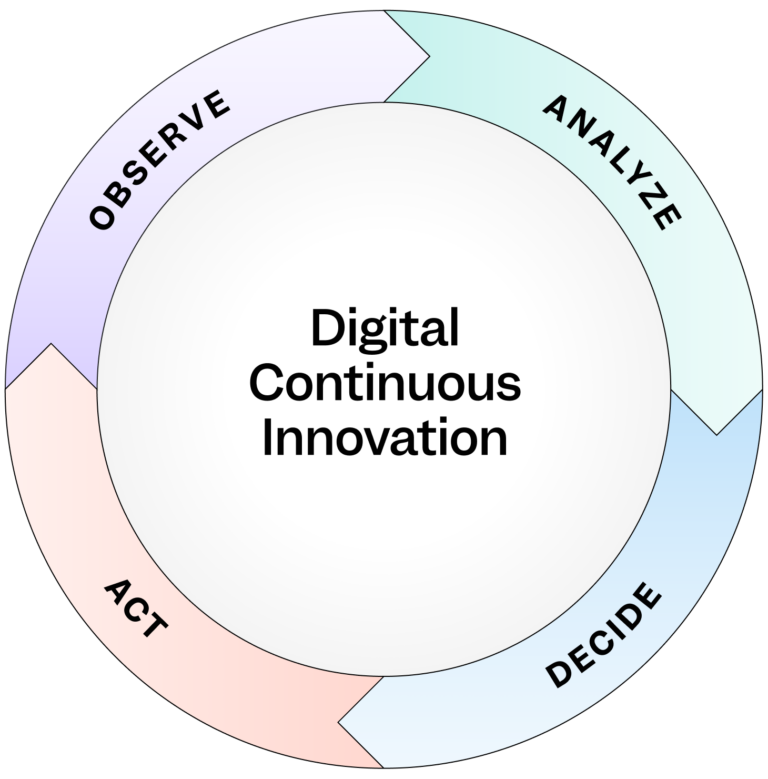
What’s next in digital analytics: 5 lessons from product leaders on three continents

“Mixpanel is here to turn data into momentum.”
Those were the words that really resonated at MXP, Mixpanel’s signature customer event held annually in San Francisco, London, and Bangkok. The purpose of MXP is to bring together the builders, leaders, and change-makers in product, marketing, data and analytics. This year’s edition was our boldest yet.
In a world reshaped by AI, rising user expectations and real-time feedback loops, the aspiration to build intelligent, personalized products has never been stronger. But the widening gap between ambition and execution is where many teams get stuck.
That disconnect, between the possible and the practical, became the driving theme during our MXP tour this year.
Across three continents, we brought together a sharp community committed to closing that gap by evolving at scale. They’re transforming not just their products but also operating systems behind them. Here’s what we learned about the future of digital analytics, and what high-performing teams are doing differently.
AI’s an accelerator, not an autopilot
AI is already transforming how we build. It’s completely changed the product development cycle—removing up to 40% of the work that used to be associated with product development. But AI isn’t just a productivity play. It’s redefining customer expectations. Users now expect intelligence baked into every experience: smarter search, proactive suggestions, instant answers, and more. The bar is higher and so is the pressure to move fast.
That speed can be a gift or a trap. While AI makes faster prototyping and richer insights possible (especially when analyzing large or messy datasets), speed can outpace understanding. A key theme that surfaced: use AI to solve real problems, not just check a box. Product and data leaders at MXP cautioned against viewing AI as a silver bullet. It’s an enabler, not a substitute for clarity.
What does it mean in practical terms?
- Use AI to compress decision loops, not just workflows. For instance, don’t just use large language models (LLMs) to summarize survey results. Train them on product telemetry to surface micro-frictions in onboarding.
- Integrate AI across your continuous innovation loop. The goal isn’t to move faster for its own sake, but to reduce time-to-insight and time-to-impact in each product iteration.
Beware of the “vibe debt”
AI-powered design tools, such as ChatGPT, Copilot, or design-to-code generators, can spin up visually impressive or seemingly functional prototypes in minutes. But those early-stage mockups can be dangerously deceptive and set up unrealistic expectations. They create what is called vibe debt: the illusion that a product is 90% ready when, in reality, it’s only 10% complete.
This mismatch can cause misalignment across teams, especially when non-technical stakeholders expect AI-generated concepts to be production-ready. However, instead of seeing that tension as a blocker, leading teams are using it to their advantage.
By confronting vibe debt head-on, teams are strengthening cross-functional trust and setting more realistic goals. Product and engineering teams work closer together. And seeing the contrast between a slick AI prototype and the reality of production complexity helps both sides build mutual trust. MXP panels suggested “reality check” docs which highlight what’s real, inferred, and aspirational in each AI-generated design.
Centralized data is strategic leverage
Data is only as valuable as the decisions it informs. It’s not just an asset but also a leverage when it’s trusted, contextual, and easy to access. Teams at MXP emphasized the cost of acting on assumptions, even well-informed ones. Hazal Muhtar, Senior Director of Data from Wise, gave a perfect example: offering free digital cards to loyal users seemed like a slam-dunk growth play. It wasn’t. The team learned that adoption only happens when there’s a real customer problem to solve.
To that end, the most forward-thinking teams are investing in better data infrastructure, not just more tools, to ensure the insights that shape product decisions are complete, trusted, and accessible. Some of the key takeaways across the board included:
- Always link features to validated user behavior: Ask, “What are users already trying to do that we can make easier or better?”
- Start with questions, not features: A strong experimentation culture isn’t just about A/B testing. It’s about asking better questions before building anything.
Data democratization at enterprise scale
Data democratization isn’t just a technical challenge—it’s a cultural and operational one, especially in large organizations. Leaders at MXP shared how they’re closing the access gap without compromising governance. Enterprise teams face three key blockers:
- Lack of visibility: Teams don’t know what data exists
- Usability hurdles: Tools require too much ramp-up
- Siloed insights: Findings live in silos or slide decks
The best advice to overcome these blockers? Build internal systems that surface product data directly inside the tools teams already use and don’t be afraid of empowering teams to access self-serve insights! Here are a few best practices to get started:
- Embed metrics into daily rituals (i.e., standups, planning docs)
- Give every team a starter dashboard tailored to their most common questions
- Appoint ‘data champions’ in each department—not analysts but power users who translate metrics into context
Digital continuous innovation as a new operating system
Edward Hsu, Mixpanel’s Chief Product Officer, challenged the MXP audience to think beyond tools and dashboards. Continuous innovation, he argued, isn’t a tactic but a new operating system for product teams.
At the heart of his framework is digital continuous innovation (DCI)—a structured, high-frequency loop of observing, analyzing, deciding, and acting (OADA). It’s how modern teams replace postmortem reporting with real-time, insight-led iteration. And unlike traditional BI or DevOps, DCI is built for responsiveness. It empowers product and marketing teams to move fast with confidence, turning small improvements into compounding advantages.

But DCI is more than speed. It’s also infrastructure for AI. Each cycle generates structured, actionable data—the raw material that trains systems to predict, adapt, and automate. In a world where product velocity is non-negotiable and user expectations evolve daily, continuous innovation isn’t an edge. It’s the cost of staying in the game.
Final takeaway
In the new digital analytics era, data fluency is product power—but only if it’s paired with curiosity, urgency, and the willingness to experiment.
That mindset is what defies the Mixpanel community. During all three MXP events, we saw data and product leaders who don’t just measure what matters—they share what doesn’t work, challenge assumptions, and shape what progress looks like.
They’re not just tracking outcomes. They’re rewriting the playbook of how modern products get built.


